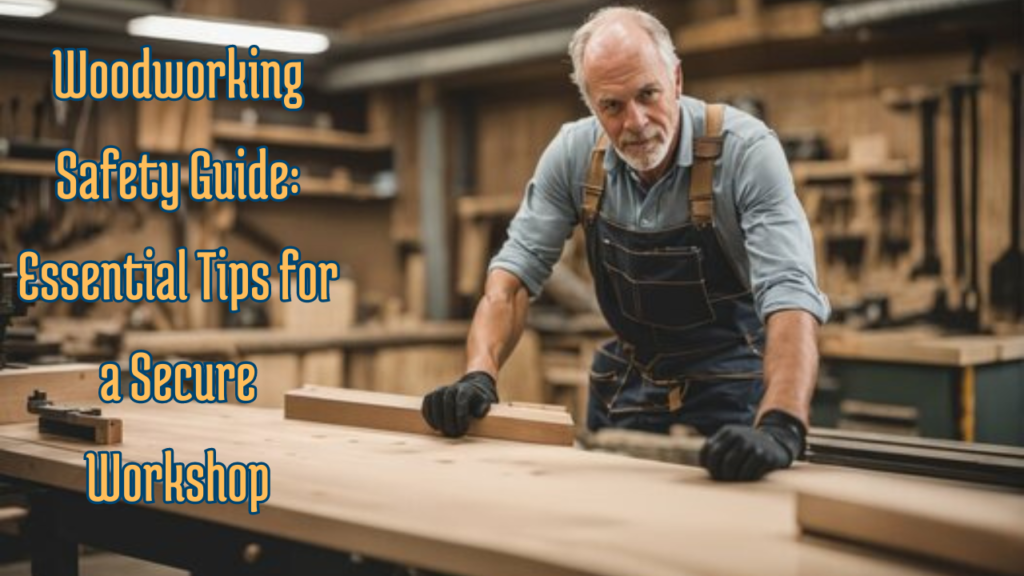
Introduction
In the realm of woodworking, safety is paramount. At [Woodyly], we prioritize the well-being of craftsmen and enthusiasts alike. In this comprehensive guide, we delve into indispensable woodworking safety tips, ensuring a secure environment for every project.
Understanding Wood Hazards
Wood, a versatile material, harbors potential hazards that demand recognition. From dust particles to splinters, being aware of these dangers is the first step to a safer workshop.
Identifying Harmful Dust
Wood dust, often underestimated, poses severe health risks. Inhalation of fine particles can lead to respiratory issues and long-term damage. Employing a high-quality dust extraction system is crucial in maintaining a clean workspace.
Personal Protective Equipment (PPE)
The right gear is your armor in the workshop. At [Woodyly], we emphasize the importance of Personal Protective Equipment (PPE) for all woodworkers.
Safety Glasses and Face Shields
Shielding your eyes from flying debris is non-negotiable. Safety glasses with side shields or a full-face shield offer optimal protection.
Respirators
Investing in a respirator designed for woodworking safeguards against inhaling harmful dust, ensuring your respiratory health remains intact.
Tool Safety Measures
Woodworking tools, while essential, demand cautious handling to prevent accidents. Here’s a breakdown of safety measures tailored to each tool category.
Table Saw Safety
- Blade Guard Utilization: Always use the blade guard; it’s your first line of defense against kickback.
- Proper Riving Knife Placement: Ensure the riving knife aligns with the saw blade to prevent binding.
Power Drill Safety
- Secure Workpiece Clamping: Stabilize your workpiece with clamps to avoid unexpected movements during drilling.
- Wear Hearing Protection: Prolonged exposure to drill noise can damage hearing; protect your ears with earmuffs or plugs.
Workshop Organization for Safety
An organized workshop is a safer workshop. Implementing effective storage solutions and layout strategies minimizes the risk of accidents.
Tool Storage
- Designated Tool Spaces: Allocate specific areas for each tool, promoting easy access and reducing clutter.
- Clear Pathways: Maintain clear pathways to prevent tripping hazards.
Emergency Preparedness
Even with preventive measures, accidents can occur. Being prepared is key to mitigating potential damages.
First Aid Kit Accessibility
- Strategic Placement: Situate a well-equipped first aid kit within easy reach.
- Regular Inspection: Periodically check and replenish supplies to ensure readiness.
Conclusion
Woodworking should be a fulfilling and safe endeavor. By adhering to these woodworking safety tips, you not only protect yourself but also enhance the overall quality of your craft. At [Woodyly], we advocate for a secure woodworking environment, empowering craftsmen to create with confidence.
Pingback: Mastering Woodworking: A Definitive Guide for Novices and Professionals - woodyly
Pingback: Turning Passion into Profit: A Guide to Woodworking Business - woodyly
Pingback: Essential Tips for Safe and Sustainable Woodworking in Your workshop - woodyly
Pingback: Essential Tips for Beginners in Outdoor Woodworking - woodyly